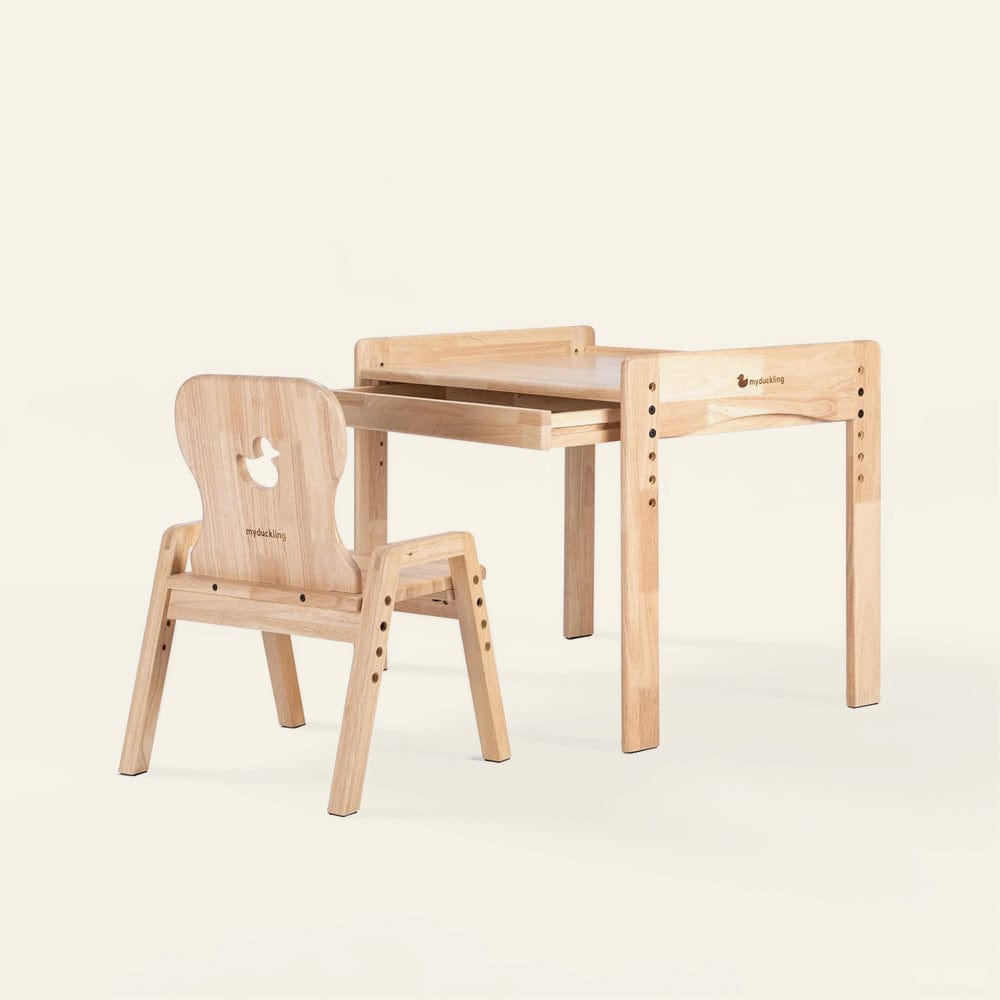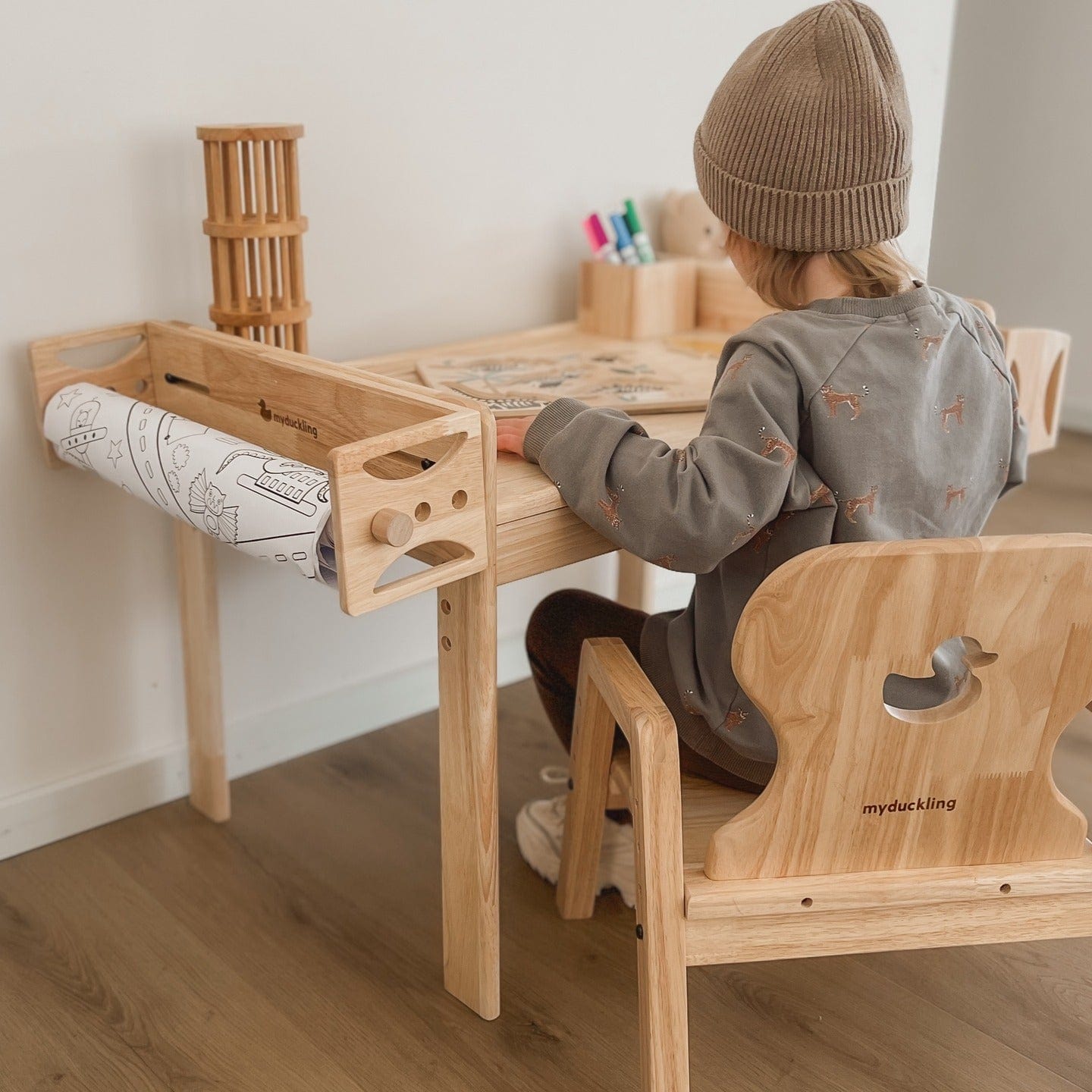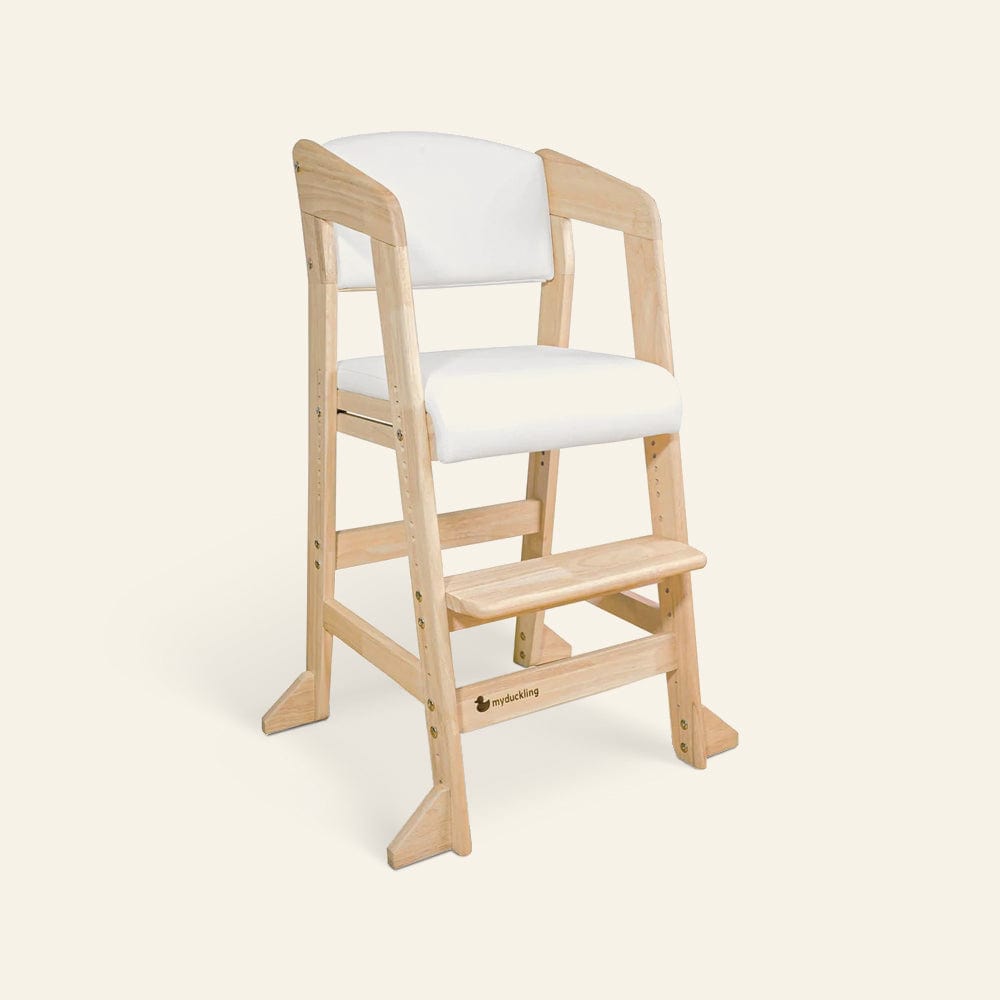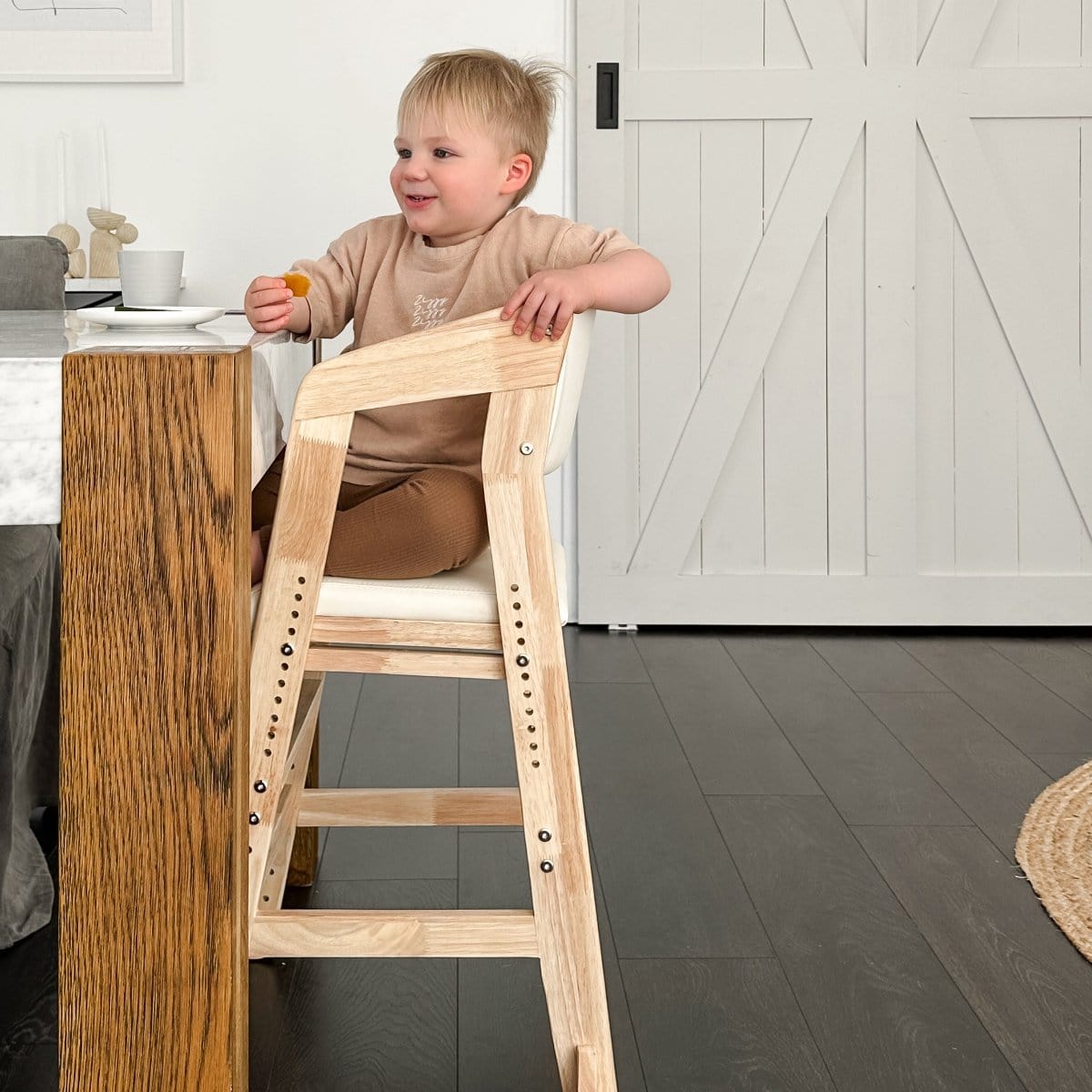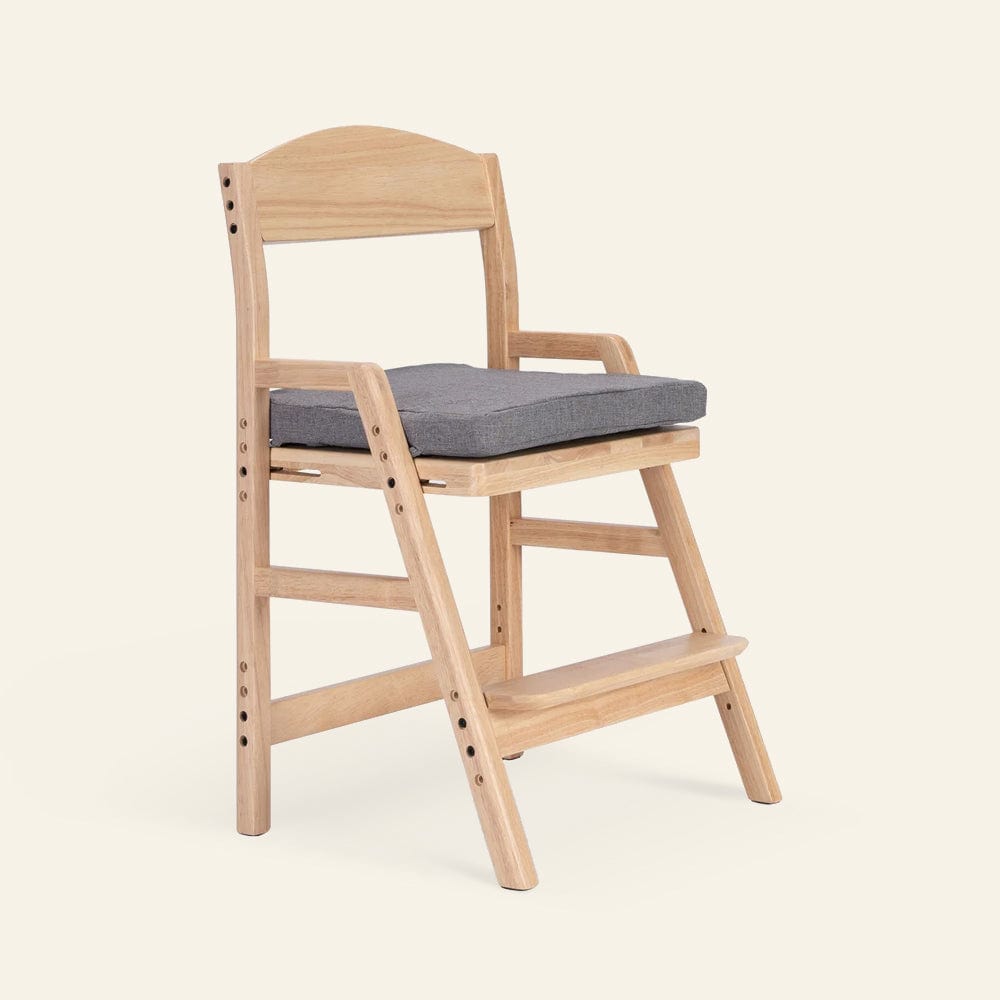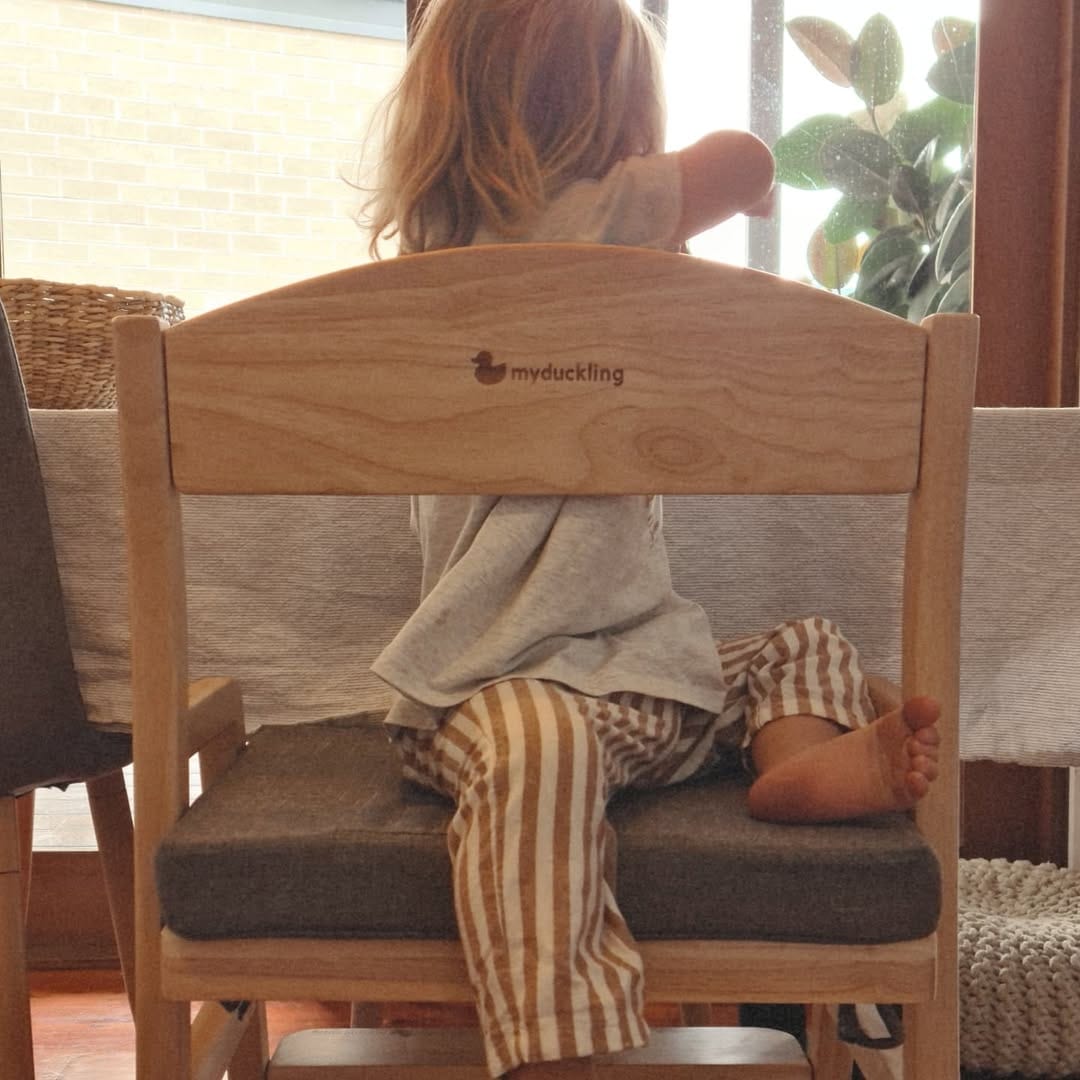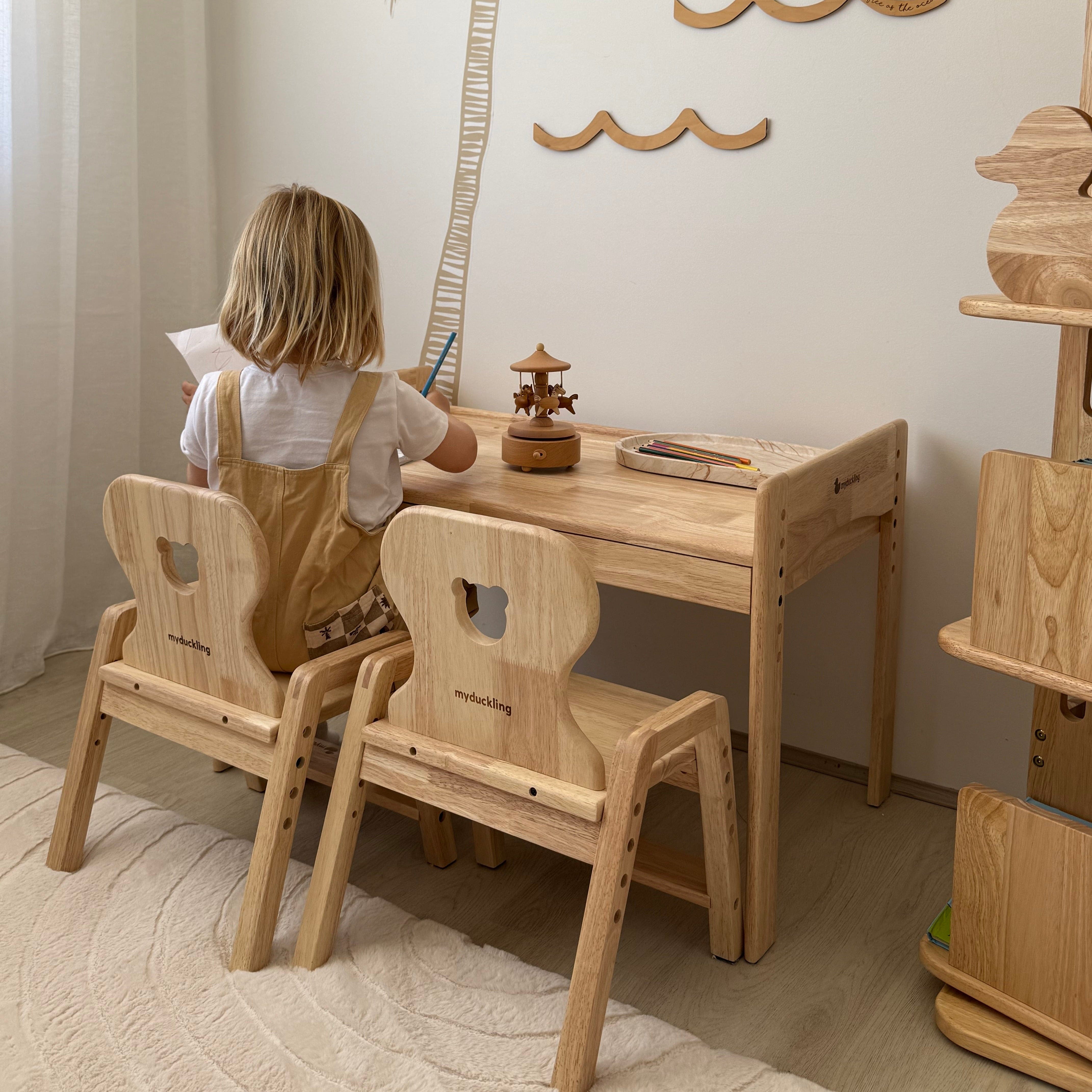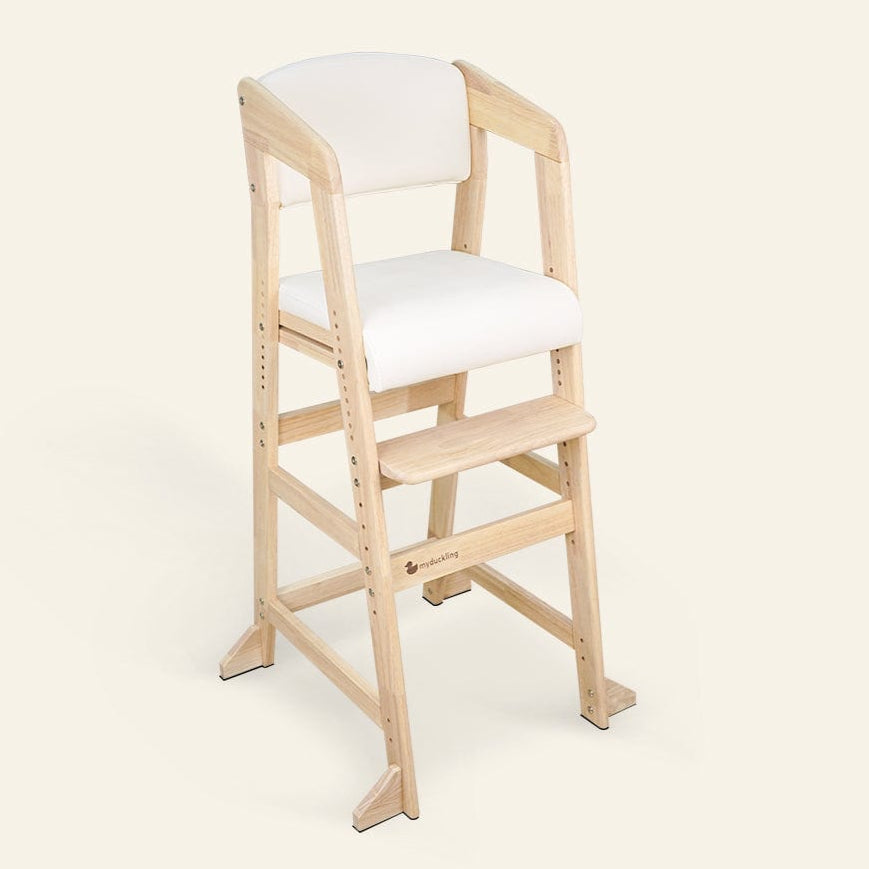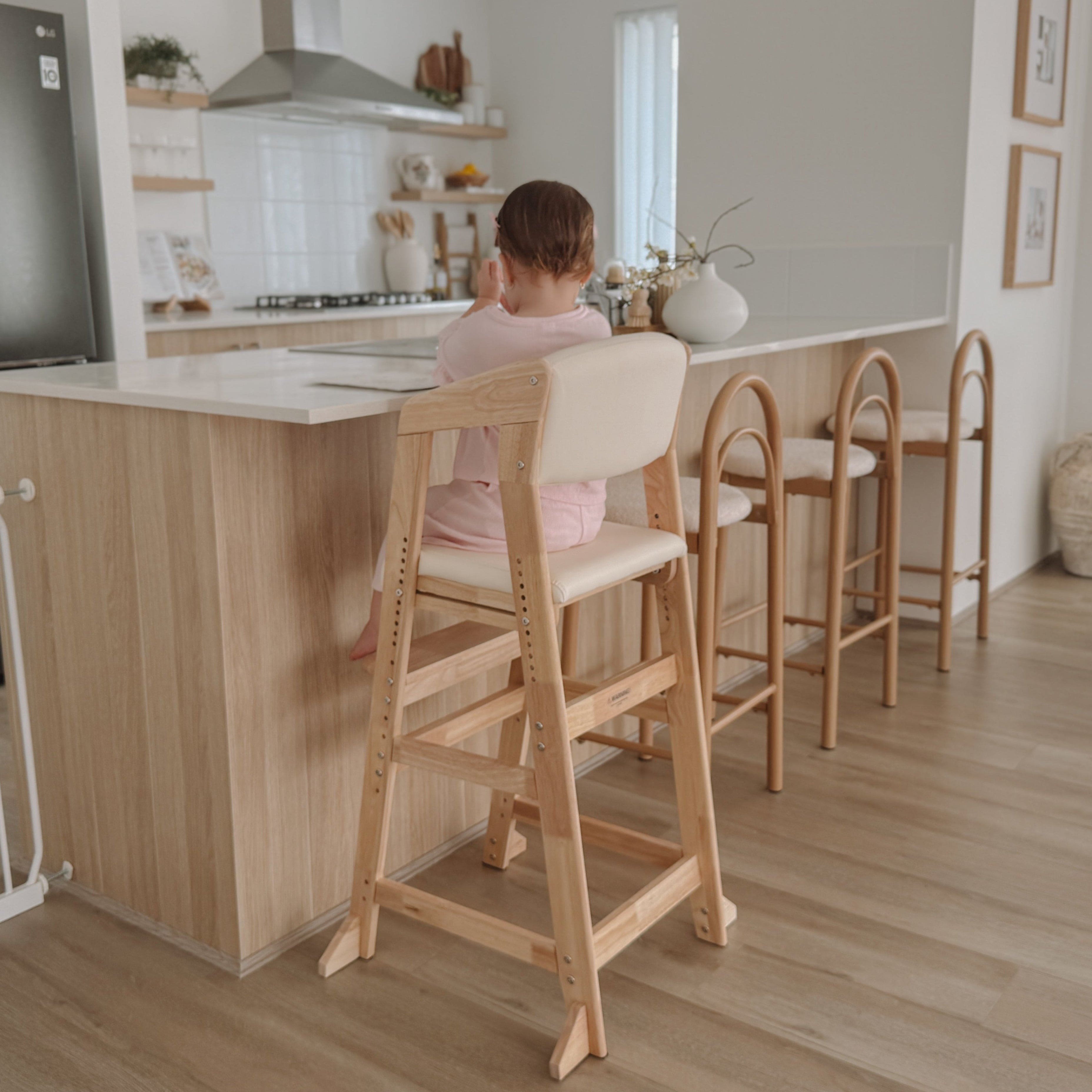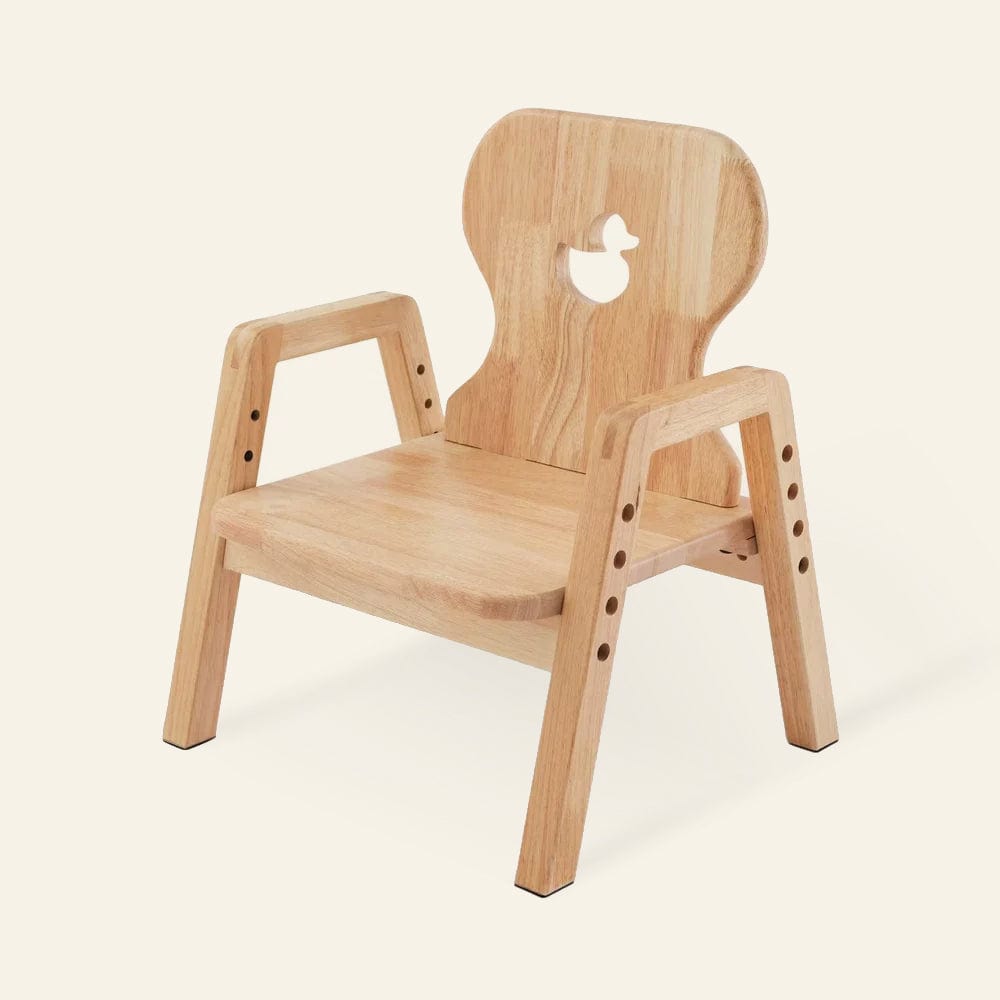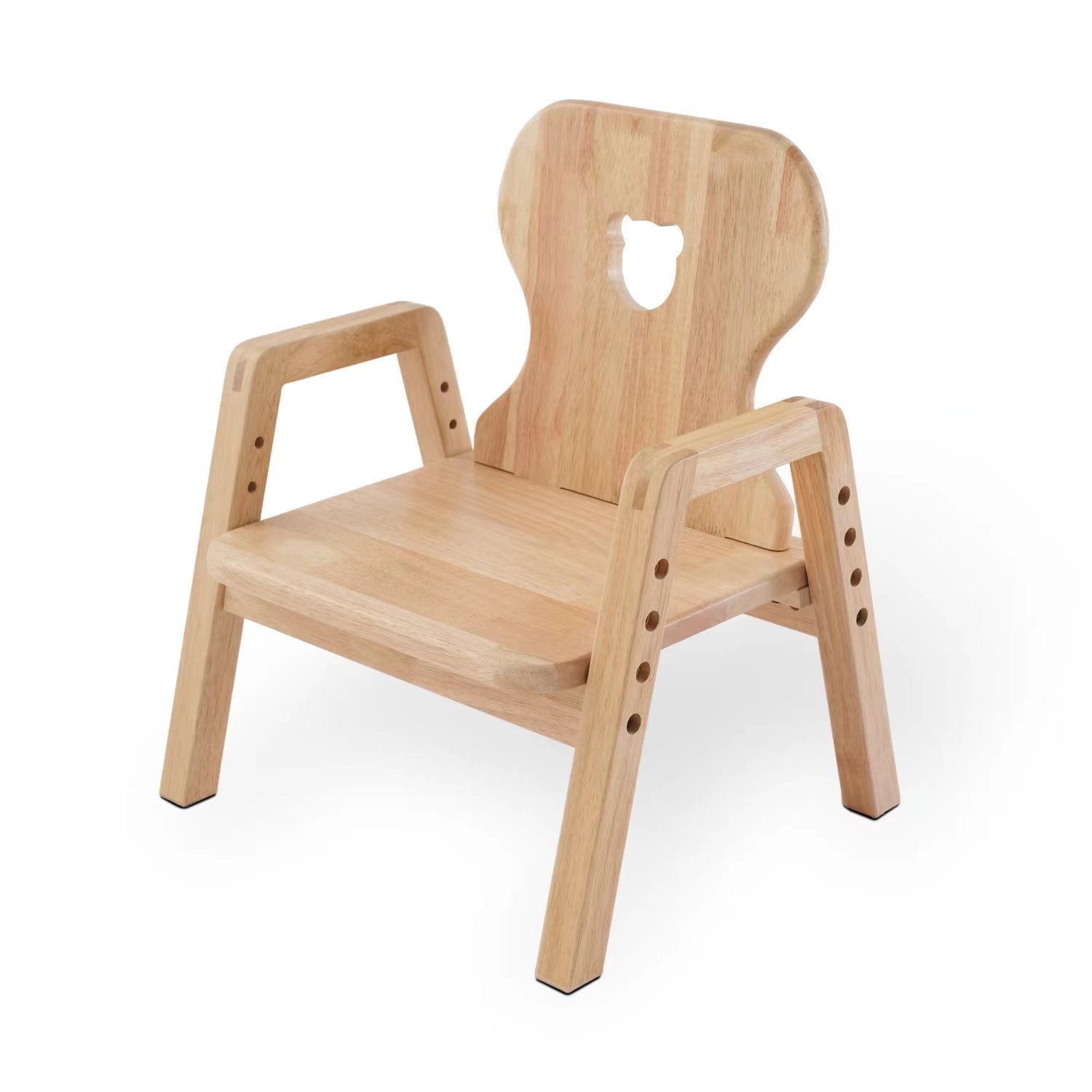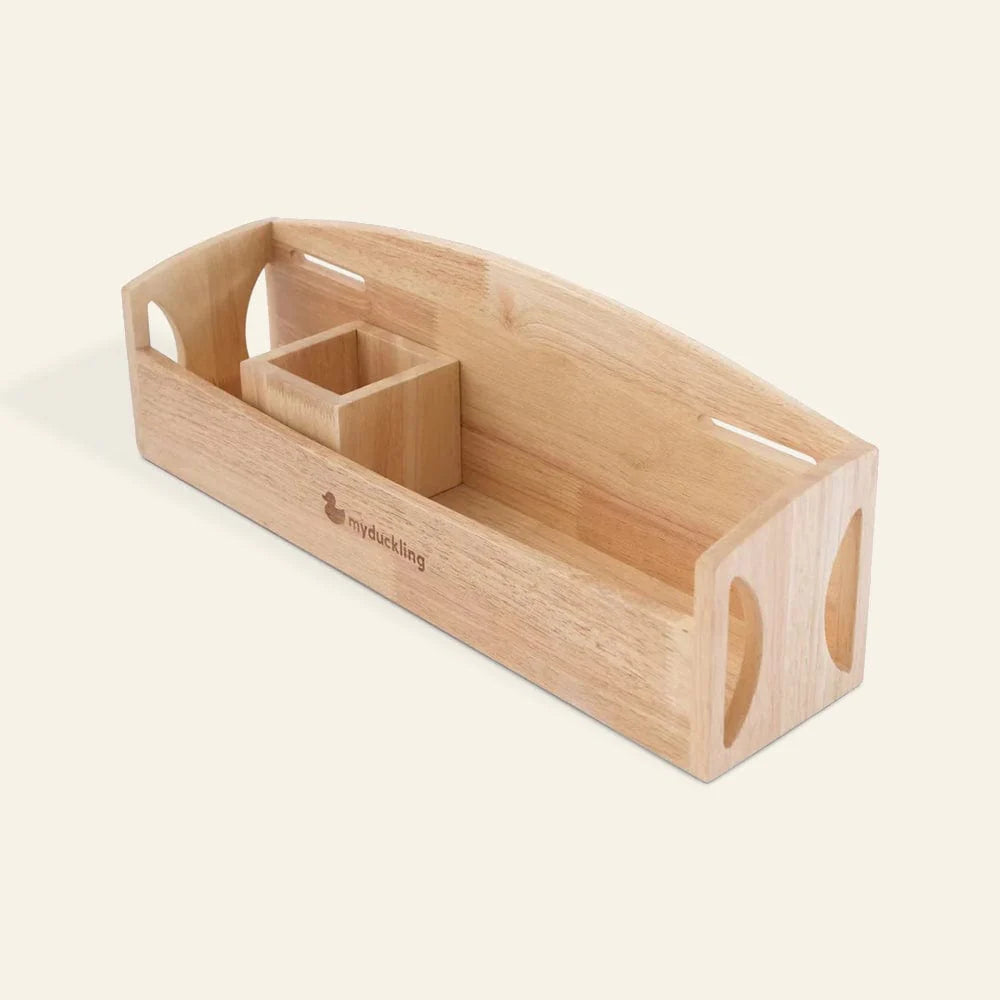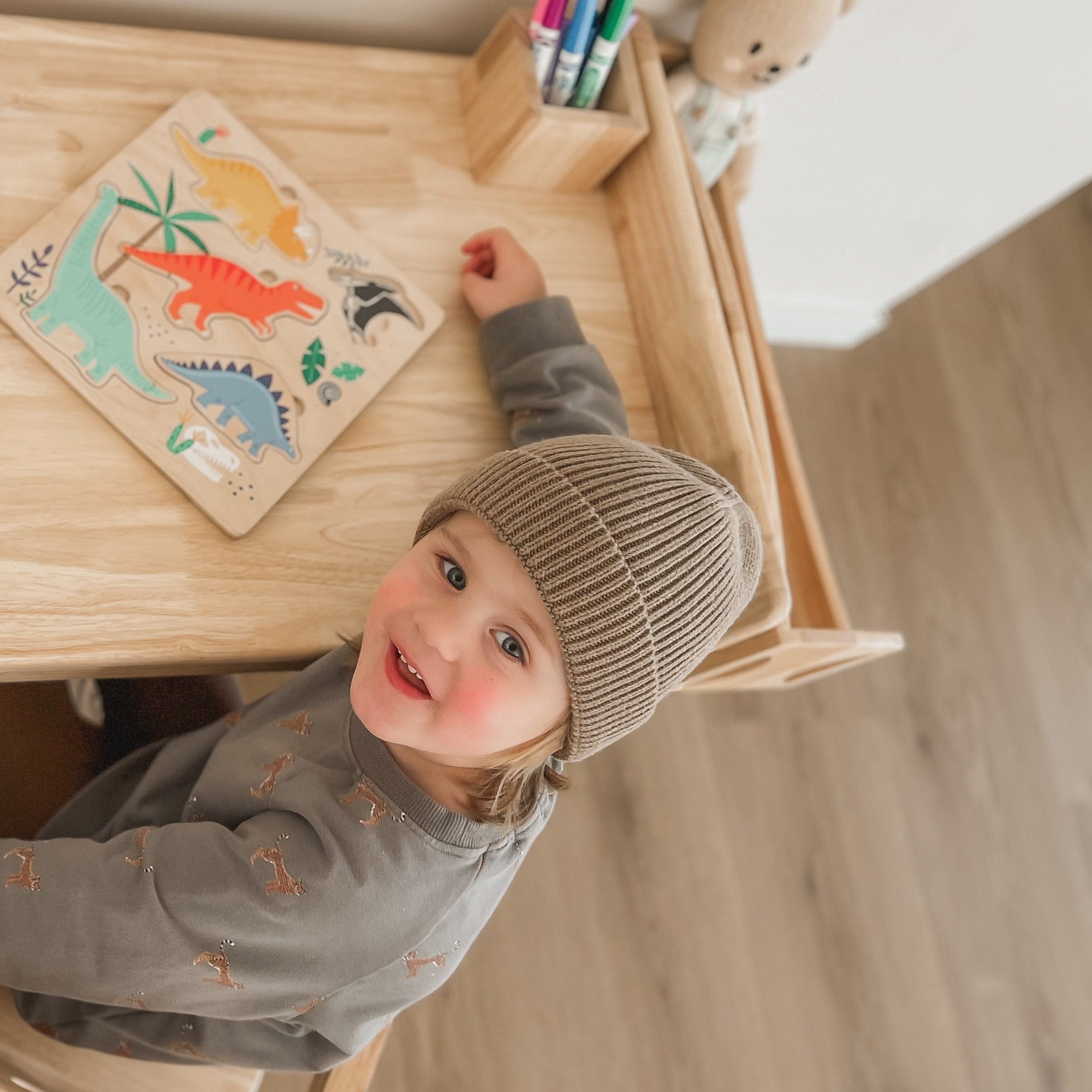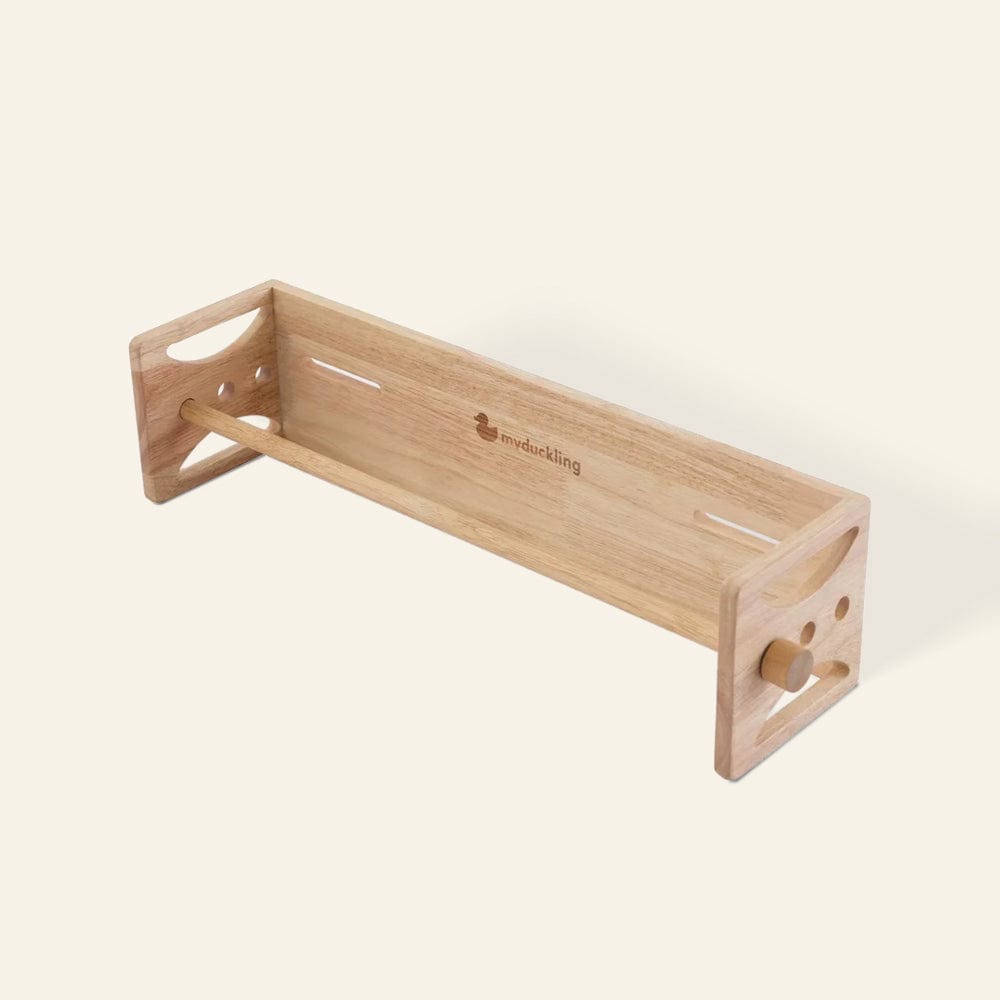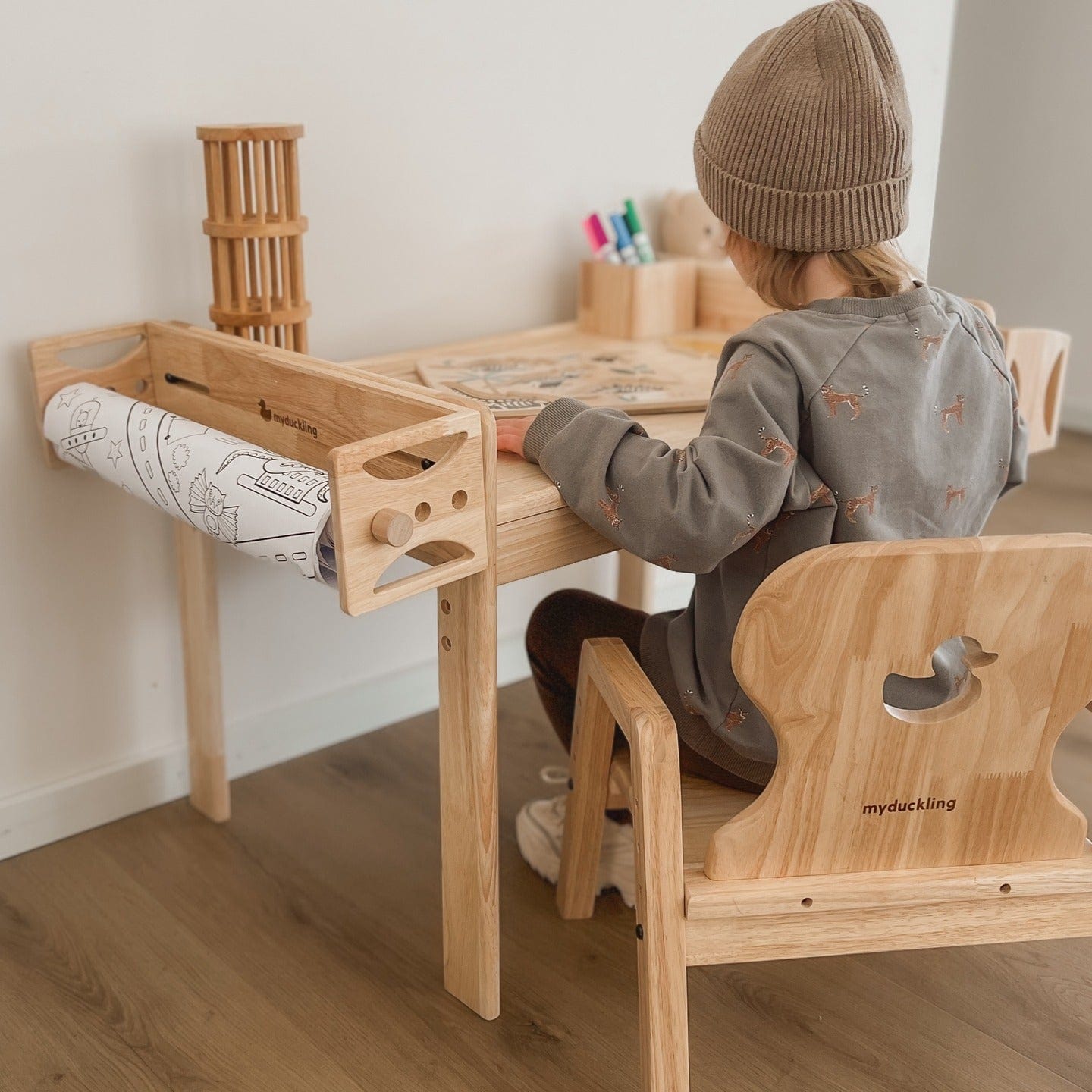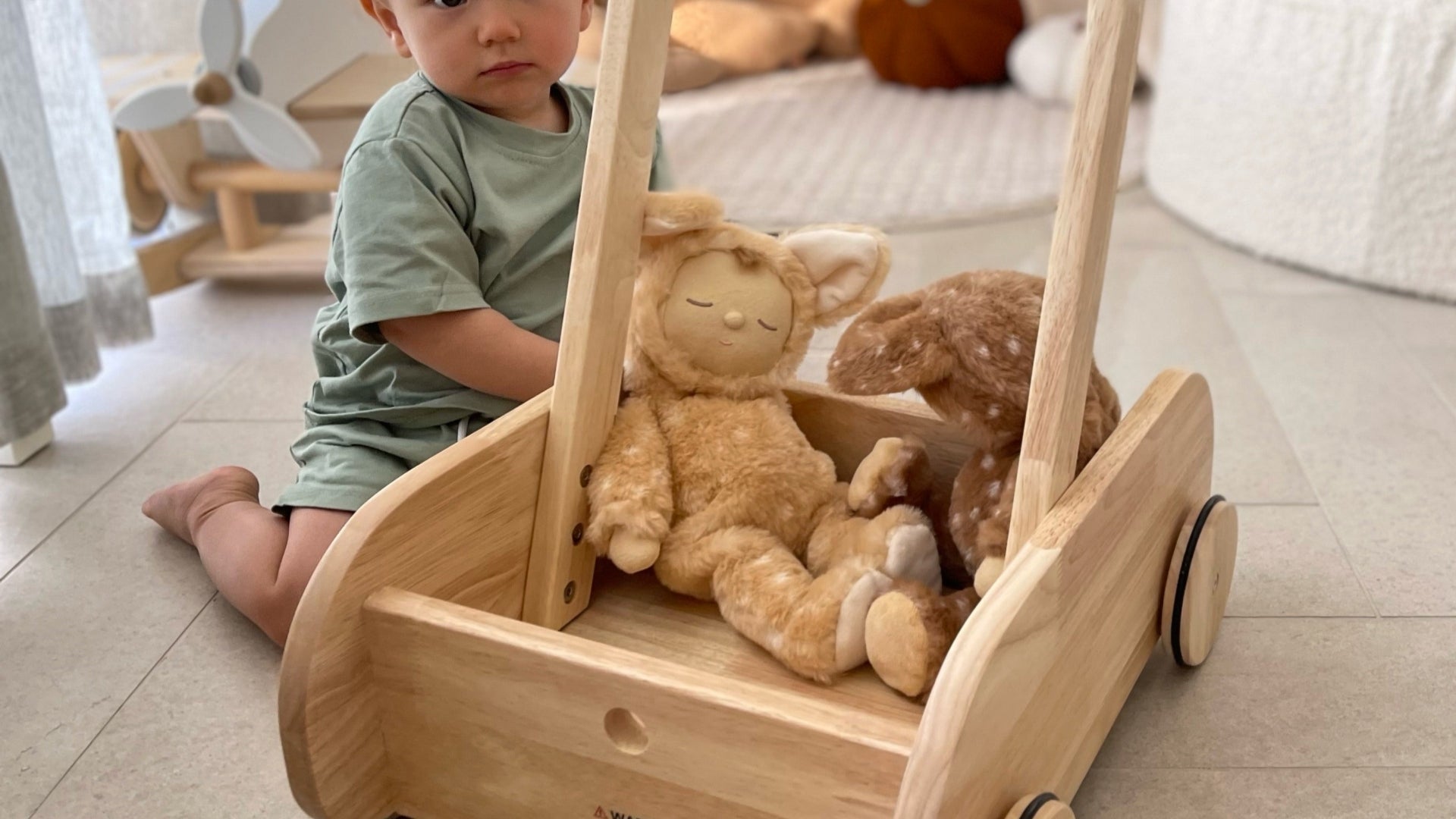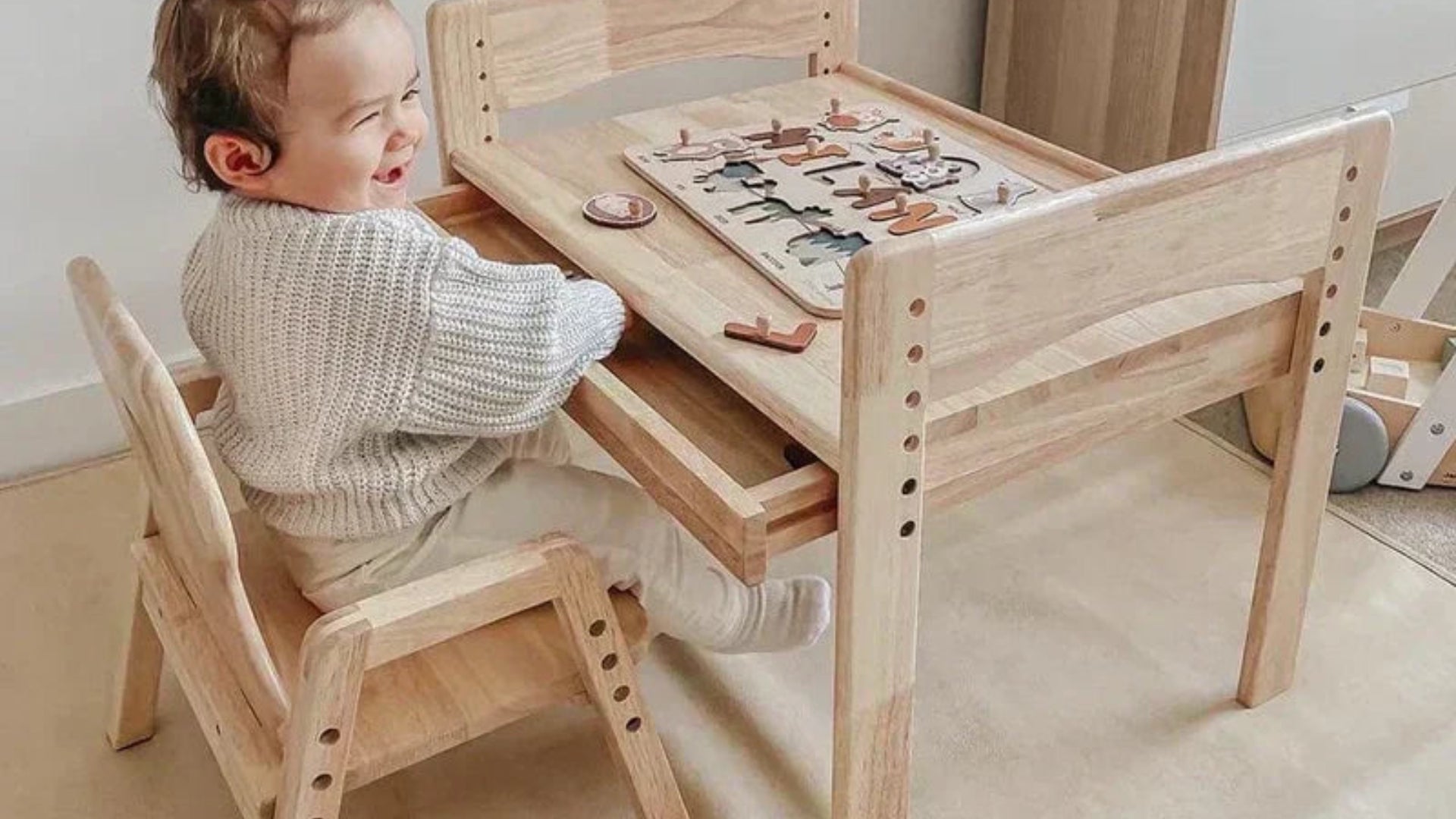Article: How to Pick the Right Table and Chair Sizes for Kids
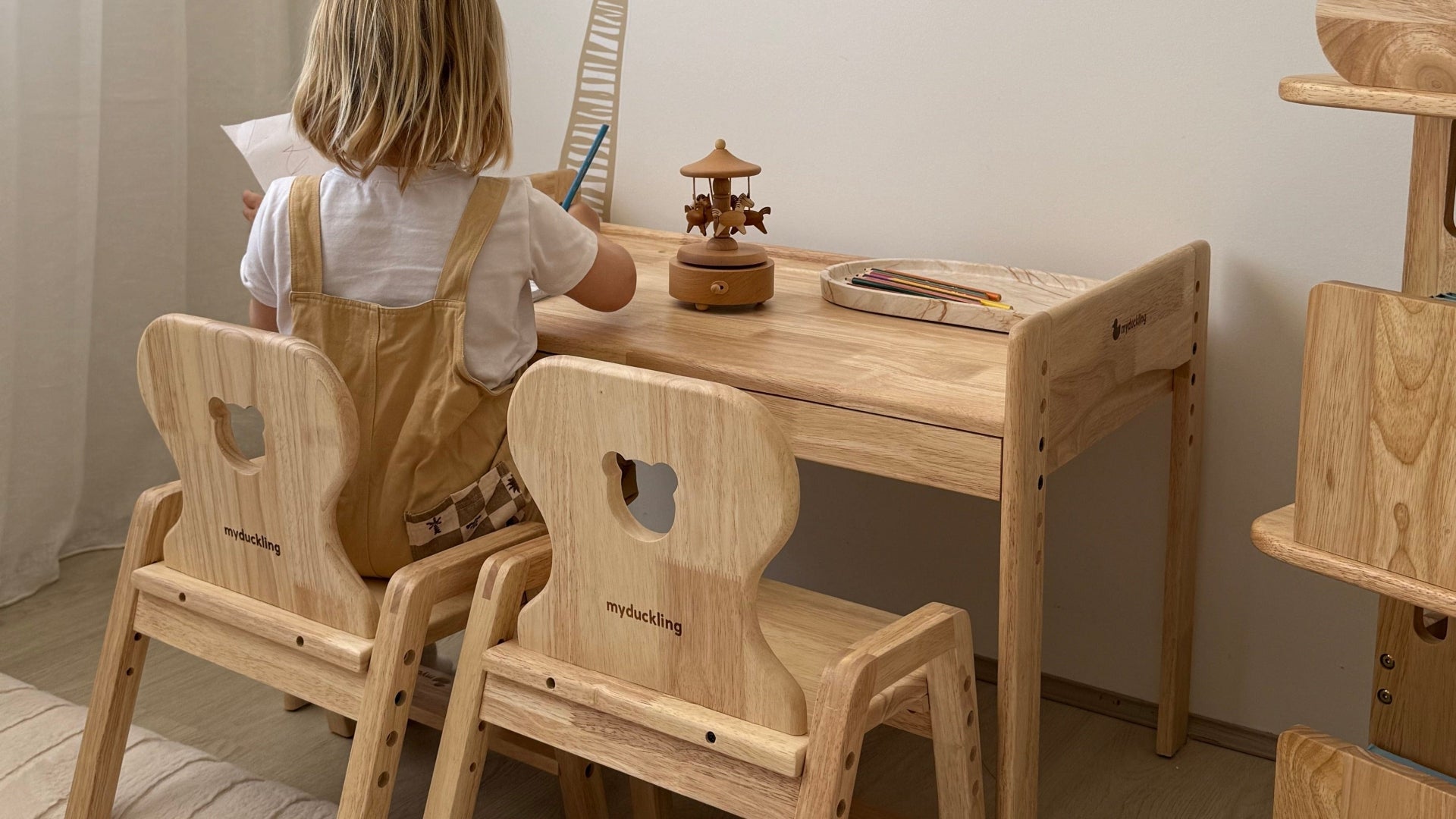
How to Pick the Right Table and Chair Sizes for Kids
As children grow, their needs change quickly — not just in clothing and shoes, but also in the furniture they use every day. A study space that feels comfortable and supportive can encourage kids to sit longer, focus better, and enjoy learning at home.
One of the most important (yet often overlooked) elements of this setup is seating. The right chair and table aren’t just about looks; they can directly impact posture, comfort, and even a child’s confidence.
Why Furniture That Grows with Kids Matters

Anyone who has bought kids’ furniture knows the struggle: a chair that seems perfect one year suddenly feels too small the next. Instead of replacing pieces every few months, many parents are turning to adjustable designs that grow with their children.
-
Better posture: Proper seat height and foot support make it easier for kids to sit upright.
-
More focus: A comfortable child is less likely to fidget and more likely to stay engaged.
-
Sustainability: Fewer replacements mean less waste and more value for families.
Understanding Table and Chair Heights
Matching furniture to a child’s size is key to comfort and ergonomics. Here are some general guidelines in inches:
Tabletop Height
The tabletop should sit about 8 inches above your child’s knees.
-
Toddlers (1–2 years): 14–16 inches
-
Preschoolers (2–5 years): 16–18 inches
-
School-age kids (6+ years): 18–20 inches
Chair Height
A child should sit with their feet flat on the floor and knees bent at roughly 90°.
-
Toddlers: 6–7 inches seat height
-
Preschoolers: 7–9 inches seat height
-
Adjustable chairs are ideal because they cover multiple age ranges
When the furniture fits properly, children can maintain good posture, concentrate better, and participate in activities for longer periods.
Examples of Smart, Adjustable Options
Here are a few types of adjustable chairs and table sets that families have found especially useful:
Compact Learning Corners
For younger children who are just starting to do puzzles, draw, or practice writing, a small table-and-chair set works perfectly. For example, the Kaya Primary Adjustable Table and Chair Set is designed to adapt as kids grow, while keeping everything at a size that fits neatly into the home.
Standalone Study Chairs
Sometimes families already have a table but need a chair that “grows” with their child. A good choice is something like the Nala Solid Wood Adjustable Study Chair, which allows both the seat and footrest to move as kids get taller. This helps maintain proper posture during reading or homework time.
Spaces for Siblings
For households with more than one child, a wider table with two chairs can make a big difference. The Kaya Activity Adjustable Table with 2 Chairs offers enough space for siblings to learn or play side by side, while each chair adjusts individually for comfort.
Building a Positive Learning Environment
The furniture itself is just one part of the equation. What really matters is how the space makes your child feel. A supportive chair and well-sized table tell kids: “This is your place to learn, create, and grow.”
Parents who have set up dedicated study corners at home often notice:
-
Children sit down more willingly when the space feels like their own.
-
Having the right height reduces slouching and improves concentration.
-
Kids gain a sense of independence when they can climb into their chair easily.
Tips for Choosing the Right Furniture
-
Test before you buy: Let your child try the chair and table to ensure feet reach the floor and elbows comfortably touch the tabletop.
-
Adjust as they grow: Look for chairs and tables with multiple height options to extend usability.
-
Prioritize comfort and stability: A chair should be sturdy, with a stable base and supportive backrest.
-
Consider ease of cleaning: Smooth tabletops and simple materials help children and parents maintain tidiness.
-
Involve kids in setup: Allowing children to choose where their study corner goes or helping adjust furniture can boost engagement.

